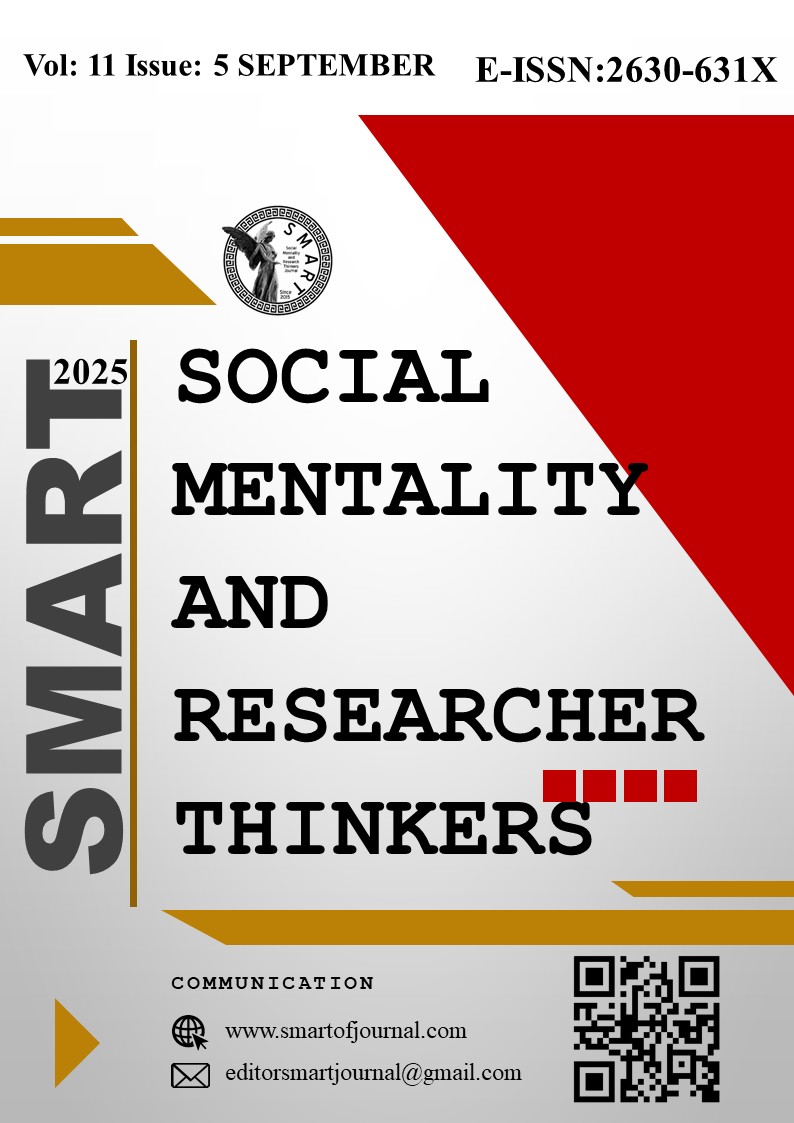Bertolt Brecht’in Cesaret Ana ve Çocukları ile Gerhart Hauptmann’ın Kunduz Kürk Adlı Eserlerinde Geleneksel Edebiyat Unsurları
Author :
Abstract
1893 yılında yazılan Kunduz Kürk komedyasında Gerhart Hauptmann, fakir fakat kurnaz bir kadının ailesinin mutluluğunu temin etmek için meşru vasıtalarla elde edemediği şeyi, ahlaki endişelerden tamamen uzak bir düşünce yapısıyla nasıl elde etmeye çalıştığını, aynı zamanda halkını tanımayan hükümet görevlisinin farkında olmadan bu kadına nasıl yardım ettiğini ve bu kadının hırsızlık suçundan nasıl yakayı sıyırdığını gösterir.
İlk defa 1939 yılında yazılan Cesaret Ana ve Çocukları adlı oyunda Bertolt Brecht, otuz yıl savaşları sırasında üç çocuğuyla ülke ülke dolaşarak ticaret yapan Anna Fierling adlı bir kadının materyalist bir tavır sergileyerek çocuklarını nasıl ölüme sürüklediğini merkeze alarak savaş karşıtı bir tavır sergiler.
Gerhart Hauptmann’ın Kunduz Kürk ve Bertolt Brecht’in Cesaret Ana ve Çocukları adlı eserlerinde metne bağlı inceleme yöntemiyle zaman örgüsü, katarsis, mimesis ve kahraman olgusunun geleneksel edebiyat bağlamında değerlendirilip değerlendirilemeyeceğini sorgulayan bu çalışmada, eserlerin zaman örgüsü bakımından lineer ilerledikleri için geleneksel edebiyat ilkeleriyle uyuştuğu görülür. Gerçek dünyayı birebir yansıtmasından dolayı Kunduz Kürk geleneksel edebiyatla örtüşürken, Cesaret Ana ve Çocukları yansıtmadan ziyade olayları ve sonuçlarını eserin merkezine koyması açısından geleneksel edebiyatla örtüşmez. Her iki eserde de katarsis duygusunu yaşatacak unsurlar bulunmaz. Brecht, bunu yabancılaştırma efektiyle engellerken, Hauptmann suçluları cezalandırmaktan ziyade ödüllendirerek engeller. Her iki eserde de karakterler maddi dünyanın eseri olurlar. Hiçbir davranışları erdemli değildir. Bu yüzden modern edebiyata daha yakındırlar.
Keywords
Abstract
In the 1893 comedy "The Beaver Coat," Gerhart Hauptmann demonstrates how a poor but cunning woman, unable to achieve her family's happiness through legitimate means, attempts to achieve it through a mindset completely devoid of moral considerations. He also demonstrates how a government official, unfamiliar with her people, unwittingly aids her and how she gets away with theft.
In “Mother Courage and Her Children”, first written in 1939, Bertolt Brecht takes an anti-war stance by focusing on how Anna Fierling, a woman who travels from country to country with her three children, engaged in trade during the Thirty Years' War, leads her children to their deaths through materialistic behavior.
This study, which examines whether the temporal structure, catharsis, mimesis, and heroic concepts in Gerhart Hauptmann's “The Beaver Coat” and Bertolt Brecht's “Mother Courage and Her Children” can be evaluated within the context of traditional literature through a text-based analysis method, finds that the works align with traditional literary principles because of their linear temporal structure. While “The Beaver Coat” aligns with traditional literature because of its literal reflection of the real world, “Mother Courage and Her Children” does not, as it centers the work on events and their consequences rather than reflecting them. Neither work lacks elements that foster a sense of catharsis. Brecht avoids this through the effect of alienation, while Hauptmann prevents it by rewarding the criminals rather than punishing them. In both works, the characters are artifacts of the material world. None of their actions are virtuous. Therefore, they are closer to modern literature.





